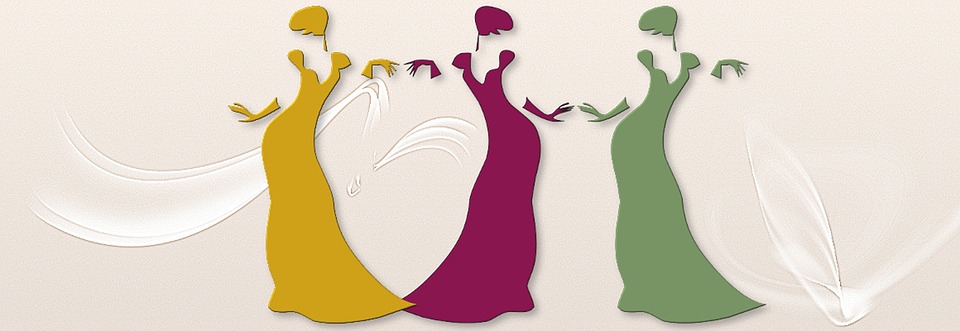Clothes Swapping and Second Hand Clothes - Eco Fashion on a Budget
by: Ceri Heathcote
There has been a huge surge in the purchase of eco fashion lately fueled by publicity and greater consumer awareness of the ethical and environmental impacts of clothing manufacture. But eco fashion is often considered the more expensive alternative to conventional clothing, will it survive during a recession?
The term encompasses a wide range of different clothing types. Generally speaking it is used to describe any type of clothing that is manufactured in way that has a reduced impact on the environment. Eco fashion includes clothing that contain all or some recycled materials, those made from organic cotton and other alternatives like hemp, bamboo or soy.
Most eco fashion is more expensive than conventional clothing as it is more costly to produce. This is often partly because it is produced on a smaller scale and also because cultivation of organic fibres can be more costly. Use of recycled materials can also be a more expensive option than using raw materials.
Whilst the cost of many types of eco fashion have reduced as more efficient production methods are found and the industry grows, there is still a difference in cost between eco and conventional fashion. Many consumers will not worry about the slightly higher price of eco fashion as they have a strong belief in minimizing their impact on the environment.
But for those who want to do their bit for the environment, but cannot or will not pay a premium for green clothes, swapping and buying second hand clothes is the perfect alternative. It is probably the ultimate in eco fashion. As the clothing has already been manufactured these is no environmental impact associated with manufacture of recycled clothes. It also helps to solve the problem of textile waste and disposing of used clothes.
Second hand clothes are much cheaper than their brand new counterparts and are often in excellent condition with many years of wear left. Clothes swapping is a sustainable and free way to refresh and update a wardrobe without resorting to the cheaply manufactured and environmentally damaging 'fast fashion', the quality of the clothes are also likely to be of a higher quality than the very cheap clothes that you can buy in the shops.
This article was written by Ceri Heathcote for posh-swaps.com, a website for swapping, buying and selling second hand and vintage clothing.
The author invites you to visit:
http://www.posh-swaps.com

